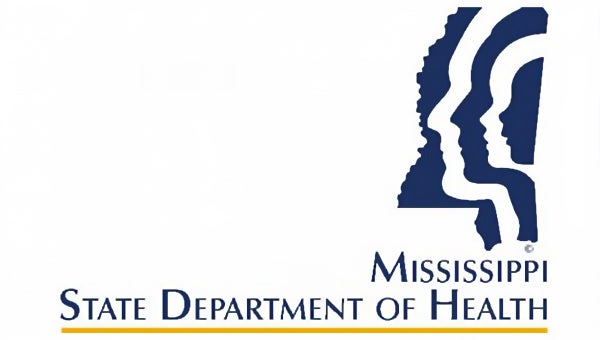Mississippi’s first Monkeypox case reported
Published 6:22 pm Monday, July 25, 2022
JACKSON — Today, the Mississippi State Department of Health is reporting its first case of Monkeypox in a Mississippi resident. The specimen was tested at the Mississippi State Department of Health Public Health Laboratory. An investigation to identify persons who may have encountered the patient while they were infectious is ongoing. Development (incubation) of the disease after exposure is one to two weeks.
Nationally — as of July 22, 2022 — 2,891 cases have been confirmed with no reported deaths. While this is the first reported case in Mississippi, it remains likely that other cases will be identified as well.
Transmission can occur with close skin-to skin contact — kissing, cuddling or sex — with an infected person. Transmission can also occur by touching clothing or linens, bedding, or towels of an infected person, or inhaling the respiratory droplets during prolonged close contact with an infected person.
According to State Epidemiologist Dr. Paul Byers, “While anyone can get Monkeypox, many of the cases identified in the outbreak in the US and globally have been among men who have sex with men.”
Monkeypox is a rare disease caused by infection with the Monkeypox virus.
Symptoms may start out as a fever, swollen lymph nodes, headache, and muscle aches, followed by a rash that starts out as flat and then advances to pimples, or blisters and ulcers on the face, body and private parts (sexual organs). The rash can be itchy and painful. It can be confused with sexually transmitted infections such as syphilis and herpes, or with chickenpox.
The illness typically lasts two to four weeks. Sometimes, people get a rash first, followed by other symptoms. Others only experience a rash.
The Mississippi State Department of Health has received limited doses of vaccine that will be used to treat MSDH identified individuals exposed to a case of Monkeypox.
Medical providers are encouraged to consider Monkeypox infection and to notify MSDH when evaluating patients with a rash, especially if there are known risk factors.






